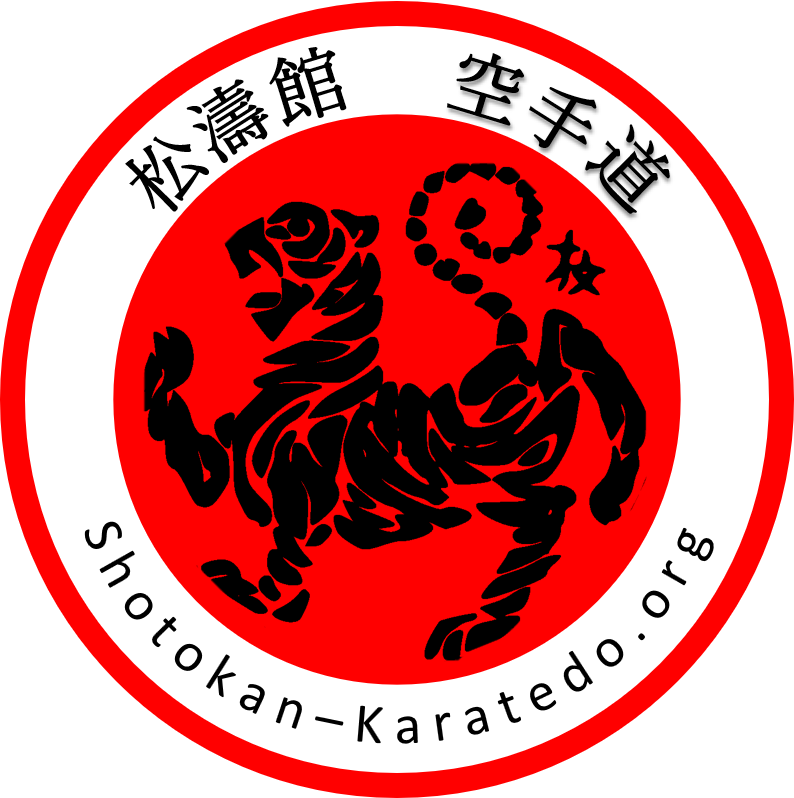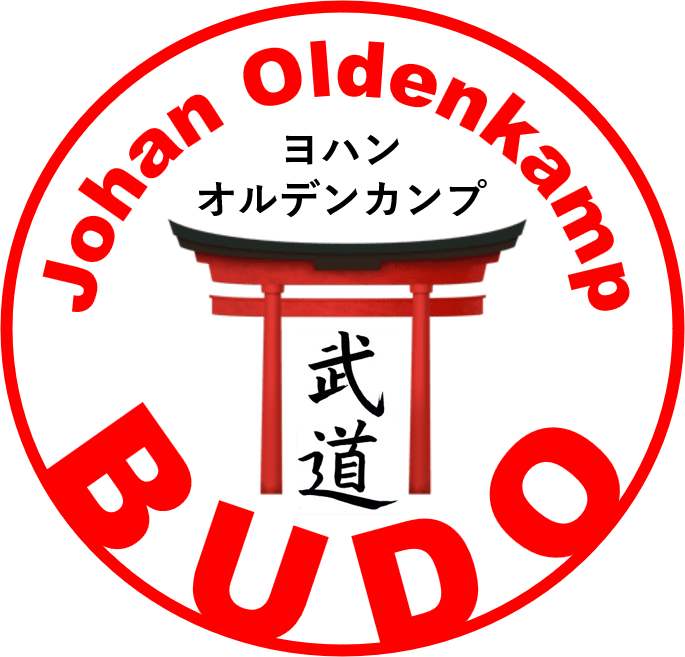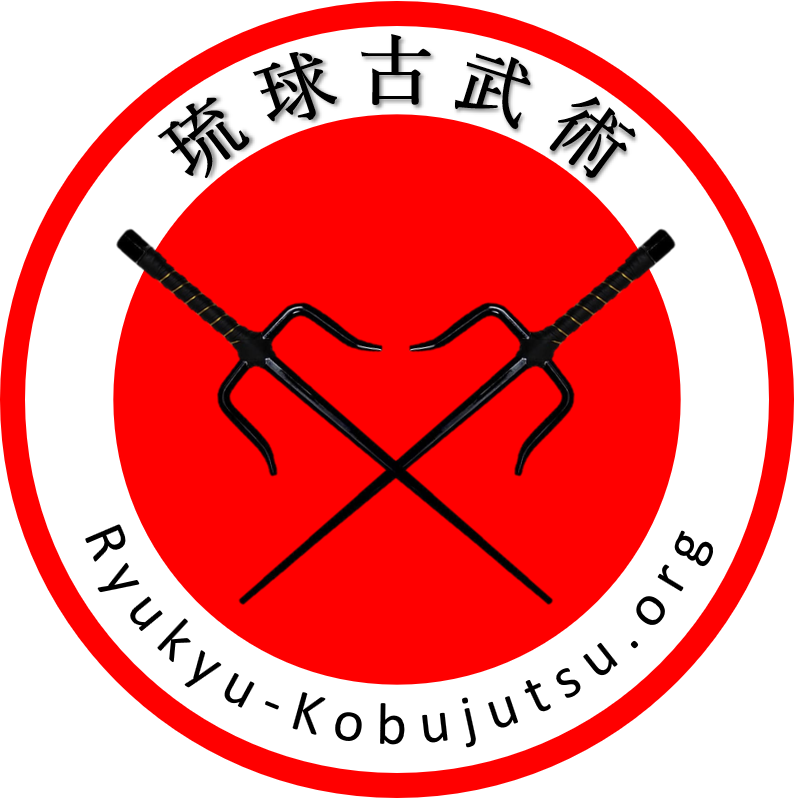O n l i n e T r a i n i n g P r o g r a m
in Shotokan Karatedo and Ryukyu Kobujutsu



The best and most fun way to learn the Martial Arts of either Shotokan Karatedo or Ryukyu Kobujutsu is and remains training in a real practice hall or 道場 in Japanese, transcribed as Dojo (literally translated as the place of the Way), under the guidance of an expert and inspiring teacher or 先生 in Japanese, transcribed as Sensei.
Every karateka and kobujutsuka is intrinsically driven to do better and better, which can lead to achieving a higher graduation. However, in the end it is the superior performance that has real and lasting value, while the kyu- or Dan level is actually only an afterthought. This is referred to in Japanese as 人間 形成 の 道 (Ningen Keisei no Michi), translated as the Way of Human Betterment.
The Japanese word 武道 (Budo) literally means the ‘Martial Way’. It includes all Japanese Martial Arts, which can be divided into two groups: Old School (emphasising self-protection) and New School (emphasising self-perfection). In Old School Budo – in Japanese generally named 古流 (Ko-Ryu, literally meaning Old Style), also known as 古武道 (Ko-Budo) – the emphasis is on learning to handle weapons. On the other hand, in New School Budo – in Japanese generally named 現代武道 (Gendai Budo, literally meaning Modern Budo), also known as 新武道 (Shin Budo, literally meaning New Budo) – the emphasis is on learning to fight unarmed. The general dividing line between the two is the Meiji Restoration, which took place in 1868. Because both schools complement each other, synergy is created when Budo disciplines from both schools are practiced. That is why I practice both Ryukyu Kobujutsu (Old School) and Shotokan Karatedo (New School).
The founding father of Ryukyu Kobujutsu was Shinken Taira (1897 – 1970). He developed and systemized the armed Martial Arts (or Kobudo) praticed in the Ryukyu Kingdom, which became designated as the Okinawa Prefecture in 1879. To stress the conservation of the Old School nature of this Martial Art, the suffix of Do (the Way) was replaced by Jutsu, meaning ‘technique’ or ‘skill’. The eight main hand weapons used within Ryukyu Kobujutsu are the Bo (a six foot wooden staff), the Sai (a pair of three-pronged metal daggers), the Tonfa (a pair of handled wooden clubs), the Nunchaku (a dual-section wooden stick), the Kama (a pair of mini scythes or sickles), the Tekko (a pair of Oriental brass knuckles), the Tinbe plus Rochin (a shield plus a small spear), and the Surujin (a weighted chain cord with a stabbing weapen). Variations of the regular-sized Bo include the Tanbo (a short stick), the Hanbo (a stick with the length of half a Bo), and the Eku (a boat oar of traditional Okinawan design).
The founding father of Karatedo was Gichin Funakoshi (1868 – 1957). Based on his pen name Shoto (meaning ‘waving pines’, that is, the movement of pine needles when the wind blows through them), the training hall (or Kan in Japanese) where he first developed his New School Martial Art from 1936 later became known as Shoto’s Kan, litterally transcribed as Shotokan. However, master Funakoshi and his son Yoshitaka (1907 – 1945) named this Martial Art simply Empty Hand (or Kara-Te in transcribed Japanese). Nowadays, there is a wide variety of empty-hand combat styles (Ryu), some of which have their origins in Okinawa, and others even go further back to mainland China. Even within master Funakoshi’s original style there was a split immediately after his death between the Japan Karate Association (founded in 1949 by master Funakoshi) and the Shotokai (as the keeper of master Funakoshi’s original Karatedo heritage that emphasized on principle that competition would be against the essence of Karate). Subsequently, more splits occurred, causing Shotokan Karatedo to become increasingly divided. The Way of the Empty Hand has much to offer, and it is my aim to achieve harmony and unification in its practice. That is why the emphasis in my Online Training Program is on practicing the techniques in the purest way.
If you want to improve faster as a karateka and amaze your fellow students as well as your Sensei, then follow this Online Training Program. In case you are a Sensei, and you want to add more variation to your lessons or gain inspiration for this, then this Online Training Program is also intended for you.
You can order each lesson individually, in random order. Below, each lesson is briefly described. These lessons are divided into Shotokan Karatedo and Ryukyu Kobujutsu, but since both Budo disciplines are complementary to each other, cross-pollination can occur by taking lessons from both.
I do most certainly not pretend to be one of the best karateka on this planet, or an internationally leading Sensei. My aim for many years now is to improve every training (in my technique, speed, or strength, but also in my teaching style). I very much like to pass on everything I have learned so far through these online lessons, hoping to inspire you as well!
Johan Oldenkamp, Online Sensei
Lessons in Shotokan Karatedo
| Lesson | Length | Price | Contents |
|---|---|---|---|
| How to correctly do the Greeting Ceremony: Seiza, Shomen ni Rei, Sensei ni Rei, Otagai ni Rei, Kiritsu | |||
| How to improve your Kicking Techniques: Mae-Geri, Yoko-Geri, Mawashi-Geri, Ushiro-Geri (plus variations and some special kicking techniques) | |||
| The analytic disassembly of the first Heian kata into 9 practical applications | |||
| The analytic disassembly of the first Heian kata into 14 practical applications |
PLEASE NOTE: A free lesson can only be ordered together with a non-free lesson.
If you have a request for a specific lesson, please contact us.
After ordering, each lesson can be viewed again and again. To place an order, send a message to the email address below (by clicking on the envelope).
Payment is preferably made in Tether (USDT) via the TRON network (TRC20). Alternatives are Bitcoin (BTC), PayPal, or maybe a bank transfer. In all cases, the costs for the transfer are borne by the buyer and are therefore additional. When placing an order, please indicate how you would like to pay.
Click here for more information on the lessons in Ryukyu Kobujutsu.
© Shotokan-Karatedo.org : This page was last updated on 2024/08/27.